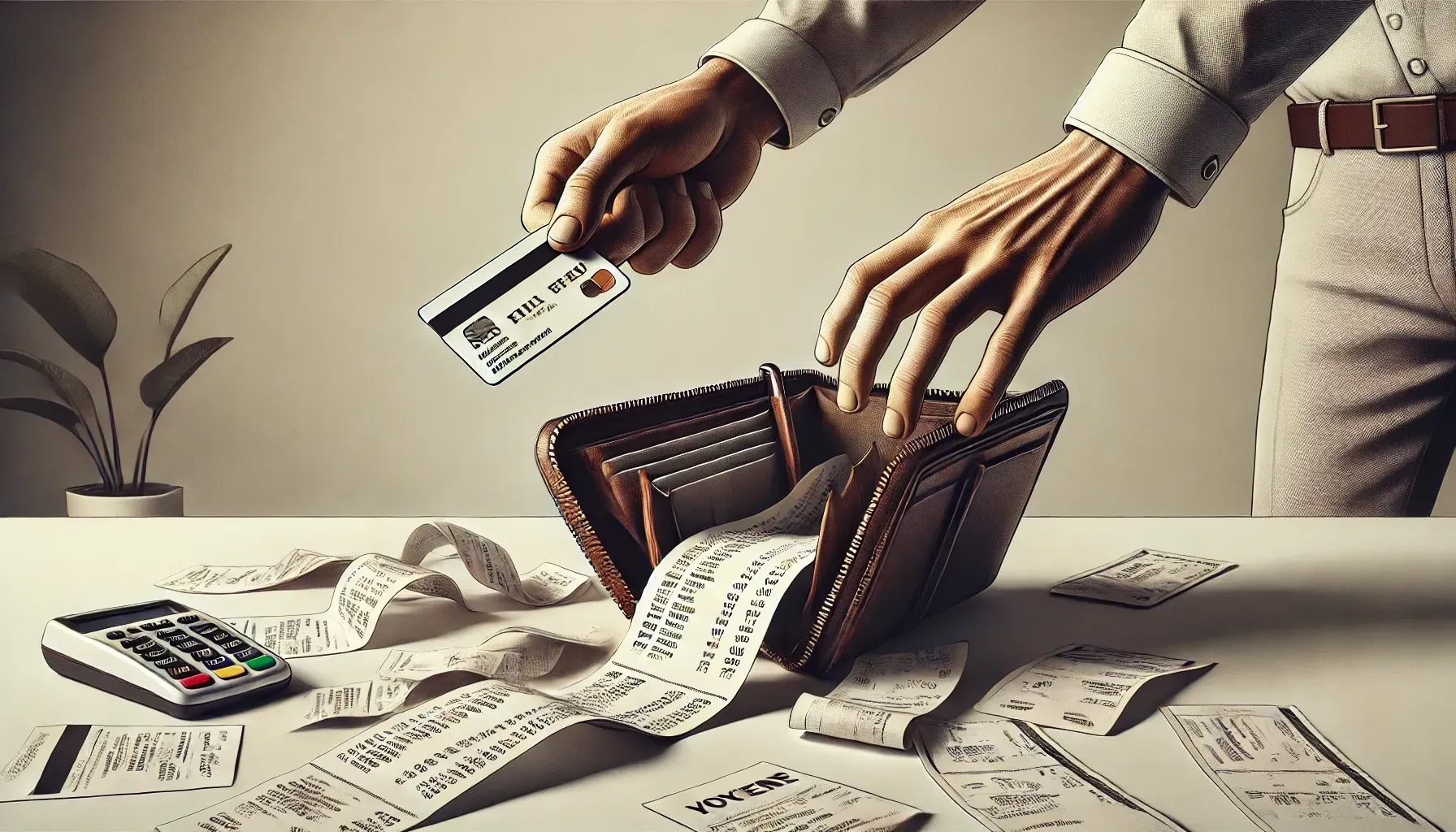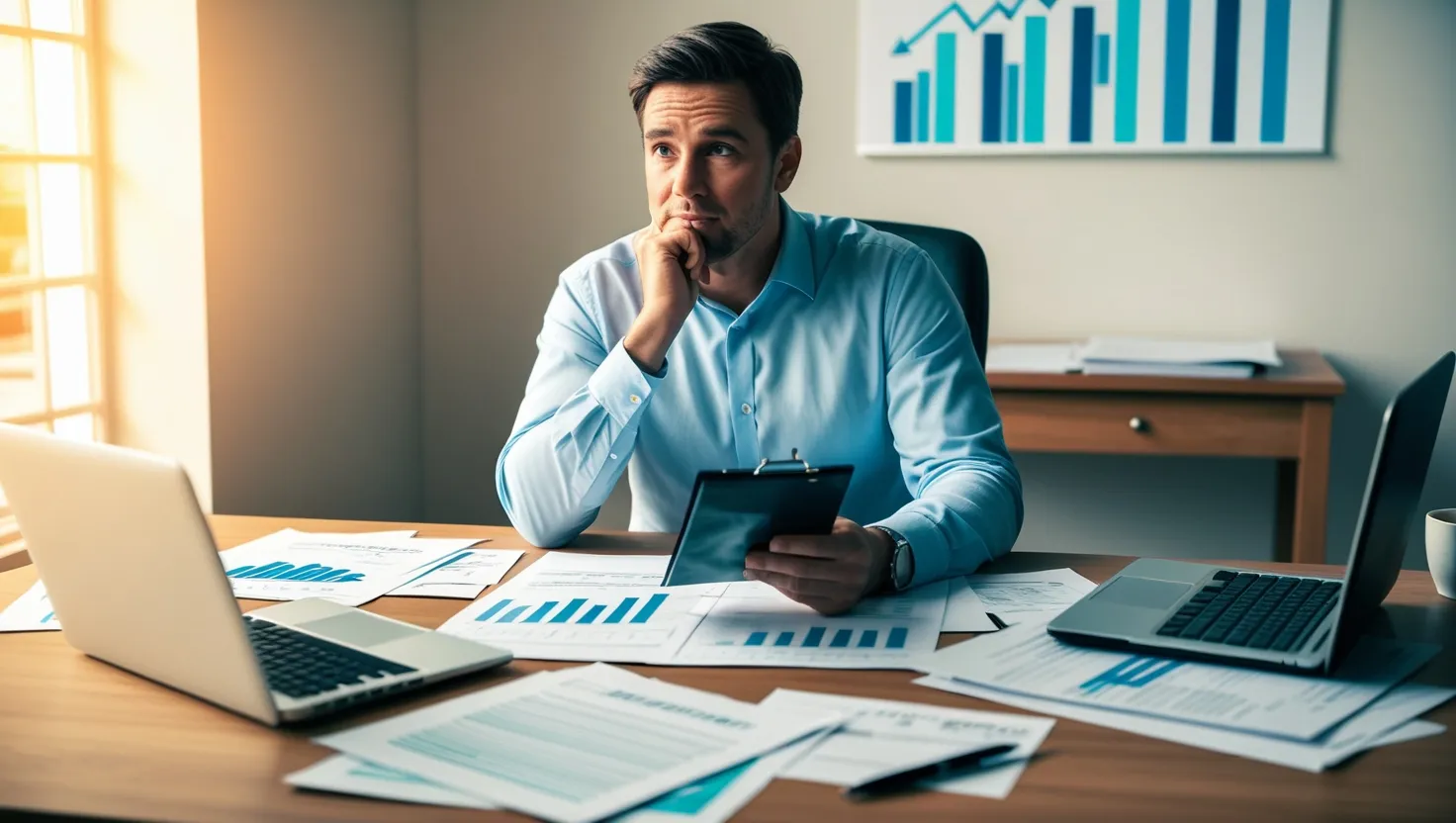We've all been there - you walk into a store intending to buy one thing, and suddenly you're at the checkout with a cart full of items you didn't plan on purchasing. Or you're browsing online and before you know it, you've clicked "Buy Now" on multiple impulse buys. Impulse spending is a common struggle for many people, but there are ways to tame your inner shopaholic and gain control over your purchasing habits.
At its core, impulse spending is making unplanned purchases based on sudden urges or emotions rather than careful consideration. It often provides a temporary mood boost or thrill, but can lead to buyer's remorse and financial strain if it becomes a pattern. Some common triggers for impulse buying include sales and promotions, attractive displays, boredom, stress, or the desire for instant gratification.
Retailers are well aware of our tendency towards impulse purchases and strategically design stores and websites to encourage it. Ever notice how tempting items are placed near the checkout line? Or how online retailers suggest additional products you might like? These are intentional tactics to prompt last-minute impulse buys.
While the occasional impulse purchase isn't necessarily harmful, frequent impulsive spending can derail budgets and savings goals. It may even be a sign of a deeper issue like compulsive buying disorder. So how can you recognize if impulse spending has become problematic? Some red flags include:
- Frequently buying things you don't need or use
- Feeling guilty or ashamed about purchases afterwards
- Hiding purchases from others
- Spending beyond your means or going into debt
- Shopping as a way to cope with negative emotions
If you find yourself relating to several of these signs, it may be time to examine your spending habits more closely. The good news is there are many effective strategies for curbing impulse purchases and developing healthier financial behaviors.
One of the most important steps is simply becoming more aware of your spending triggers and patterns. Start by tracking all of your purchases for a month, including small impulse buys. Note what you bought, why, and how you felt before and after. This can reveal valuable insights about your spending habits.
You may notice you're more prone to impulse buys when stressed or upset. Or perhaps you tend to overspend on payday when you feel flush with cash. Understanding these patterns allows you to anticipate and plan for challenging situations.
Creating and sticking to a budget is another key tactic for reining in impulsive spending. Allocate specific amounts for different spending categories and track your progress throughout the month. Having clear limits makes it easier to pause and reconsider unplanned purchases.
When you do feel the urge to buy something impulsively, try implementing a waiting period before purchasing. For smaller items, wait 24 hours. For larger purchases, consider waiting a week or more. Often the desire fades once the initial excitement wears off. You may realize you don't actually need or want the item after all.
It can also help to ask yourself a series of questions before making an unplanned purchase:
- Do I really need this item?
- How often will I use it?
- Do I already own something similar?
- Is it within my budget?
- Will I still want this a month from now?
These prompts encourage more mindful, intentional spending rather than acting on impulse.
Another effective tactic is to make impulse purchases less convenient. Unsubscribe from retailer emails and unfollow brands on social media to reduce temptation. Delete shopping apps from your phone. Consider keeping credit cards at home and only bringing cash when shopping.
For online shopping, try filling your cart but waiting 24 hours before completing the purchase. You may find you're less excited about the items the next day. Some people even keep a "wish list" of desired items and wait to see if they still want them after a few weeks or months have passed.
It's also important to find healthier ways to cope with emotions that may trigger impulse spending. Instead of shopping when stressed or upset, try going for a walk, calling a friend, or engaging in a hobby. Look for free or low-cost activities that provide enjoyment and fulfillment.
If you struggle with buyer's remorse, familiarize yourself with store return policies. Don't be afraid to return items you regret purchasing. The minor hassle of returning something is better than being stuck with unwanted goods.
For those who enjoy the thrill of finding deals, try channeling that energy into more strategic shopping. Research prices ahead of time, use coupons and cash-back apps, and plan purchases around sales. This allows you to still "hunt" for bargains without overspending.
Another helpful tip is to practice gratitude for what you already own. Before buying something new, spend time appreciating and using items you have. You may realize you don't actually need more stuff.
It can also be eye-opening to calculate the true cost of impulse purchases. Consider not just the price tag, but also factors like storage, maintenance, and opportunity cost. That $50 impulse buy is actually $50 less you can put towards important financial goals.
If you find you're still struggling to control impulse spending, don't be afraid to seek support. Talk to trusted friends or family members about your goals. Consider working with a financial advisor or therapist to address underlying issues that may be driving the behavior.
Remember, the goal isn't to never make an unplanned purchase again. It's about finding a healthy balance and making more mindful choices with your money. Occasional treats and splurges can still have a place in a balanced budget.
As you work on taming your inner shopaholic, be patient and compassionate with yourself. Changing ingrained habits takes time. Celebrate small victories and learn from setbacks rather than getting discouraged.
With consistent effort and the right strategies, it's possible to overcome impulsive spending tendencies and develop a healthier relationship with shopping and money. You may find that by being more intentional with purchases, you not only improve your financial situation but also gain a greater sense of control and contentment in your life.
So the next time you feel the urge to make an impulse purchase, pause and consider whether it aligns with your values and goals. Your future self (and bank account) will thank you for making more mindful choices. By taming your inner shopaholic, you open up possibilities for greater financial freedom and peace of mind.






